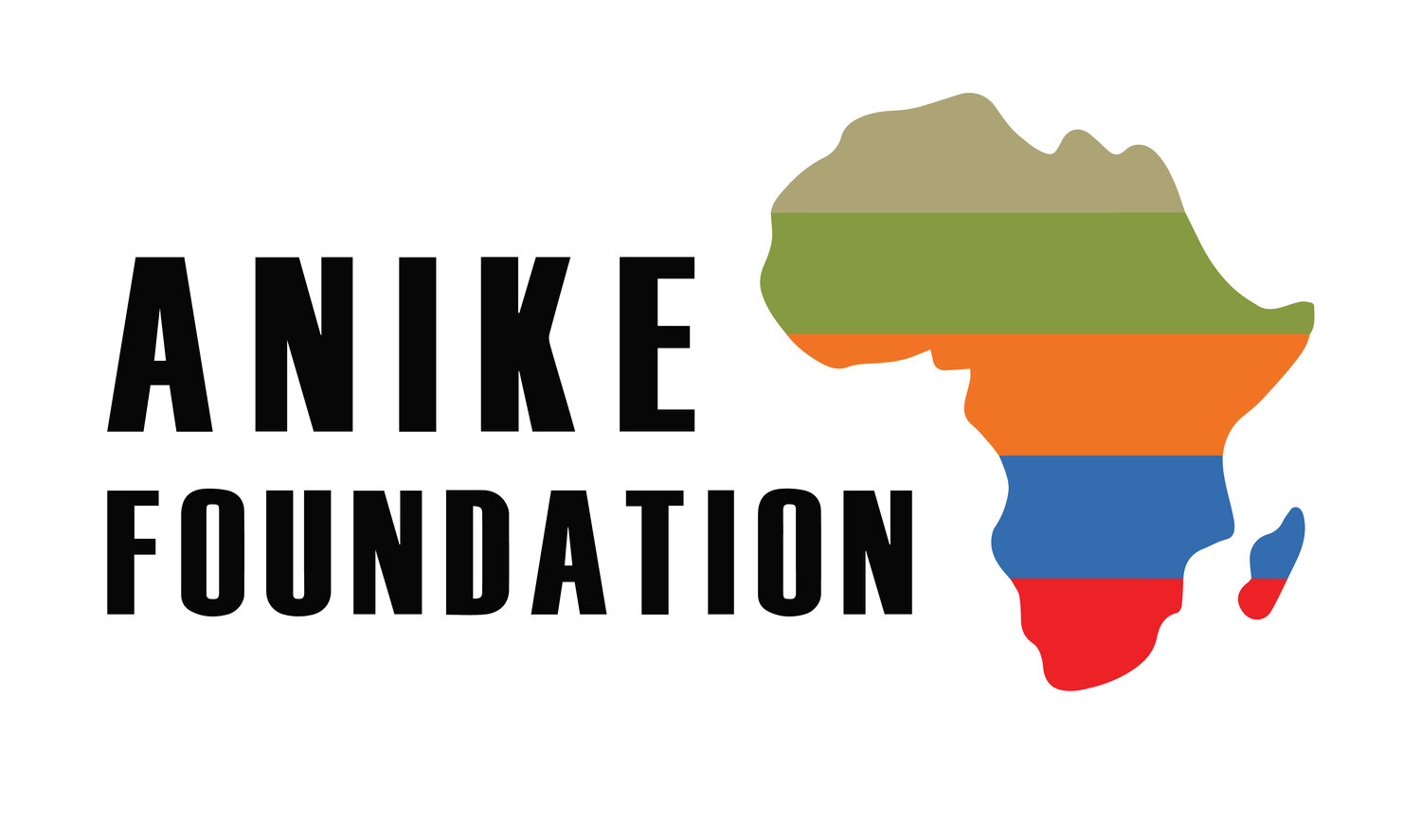Introduction to African Art
Art has always been part of the rich cultural heritage of Africa. It dates back to prehistoric times with relics in the form of paintings left on ancient rocks and caves. Some well-known ones are found in Niger and parts of Southern Africa.
African rock paintings
Image by David Coulson via Bradshaw Foundation (http://www.bradshawfoundation.com/coulson/index.php)
Image by David Coulson via Bradshaw Foundation (http://www.bradshawfoundation.com/coulson/index.php)
Centuries later, African sculptures and artifacts were acquired by missionaries, traders and explorers, who took them to Europe and North America, where they are now found in museums. In the United States, the Smithsonian Museum of African Art houses nearly 10,000 works, holding the largest collection in North America. The British Museum in London, the Louvre in Paris and the Vatican Museum all house numerous African works of art acquired during the colonial era.
Traditional African art comprises numerous art forms such as carvings, masks, metalwork, textiles and much more. Many countries and regions within Africa are associated with particular art forms. For instance, Mali and the Ivory Coast are renowned for their traditional masks and headdresses. In Nigeria, the bronze sculptures of the Benin people and the terracotta pottery of the Nok culture dating from about 2500 AD and 900 AD respectively are world famous. These artifacts belong to the period before colonialism arrived on the continent.
Iron sculptures at the Smithsonian Museum of African Art
Image via Smithsonian Magazine (https://www.smithsonianmag.com/smithsonian-institution/african-art-thrives-museums-grapple-legacy-colonialism-180973535/)
Face Mask of the Dogon people of Mali
Image via Smithsonian Magazine by the Metropolitan Museum of Art via Khanacademy.org
(https://www.khanacademy.org/humanities/art-africa/west-africa/mali1/a/mask-kanaga-dogon-peoples)
African art had a significant influence on Picasso, one of the most renowned artists of the 20th century and founder of the Cubist art movement. In the “African Period” of his career, which lasted from 1906 to 1909, he painted in a style strongly inspired by African sculpture.
Despite the influence of African art on the international scene, traditional art in Africa was not created for purely aesthetic reasons; art was meant to be functional. The majority of these artifacts were regarded as sacred, to be used in rituals, worship and for connecting with the spiritual world. The subject of restitution of African art from various world museums is an ongoing debate. However, contemporary artists who are gaining ground in the continent are following a different path and producing commercially successful artworks that are exhibited at major museums and art shows around the world. Works produced by the likes of El Anatsui and Ben Enwonwu are notable and, in 2017, Sotheby’s, one of the world’s largest art brokers, established its first auction dedicated to modern and contemporary African art.
Image by Oliva Sun for NPR via npr.org (https://www.npr.org/sections/goatsandsoda/2019/04/21/715117637/the-beauty-and-the-power-of-african-blacksmiths)





